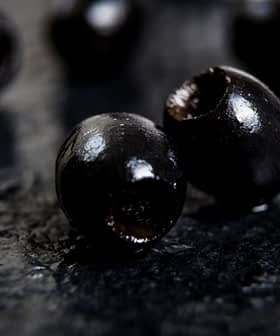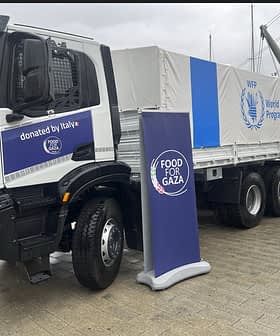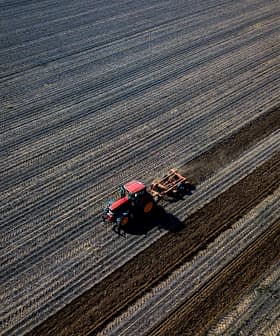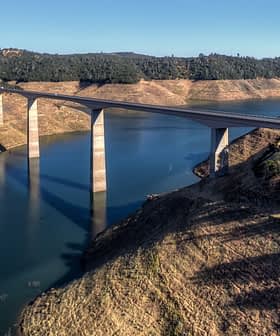The European Commission has proposed dropping tariffs on two critical ingredients used to manufacture nitrogen fertilizers in an effort to reduce production costs for the continent’s farmers.
According to Chemanalyst, a market research firm, the average price of ammonia has risen steadily over the past few years, increasing from roughly $215 per ton in September 2020 to $1,200 by the end of March 2022. In the same period, urea prices have risen as well, but in a far less dramatic fashion.
The Russian invasion of Ukraine, closure of Chinese ports in response of Covid-19 outbreaks, inflation and rising natural gas prices were cited by the firm as some of the main reasons for the dramatic price increases.
See Also:Brussels Wants at Least €53B for European Agriculture in 2023Natural gas is a key ingredient in ammonia production, while China is one of the world’s largest producers of urea.
In 2021, the European Union imported 2.9 million tons of ammonia and 4.7 million tons of urea. World Bank data indicate that Russia, Ukraine and Belarus are among the top 10 exporters of anhydrous ammonia and urea to the European Union.
While the conflict in Ukraine has severely reduced its production of both products, the E.U. also imposed retaliatory sanctions on producers in Russia and Belarus. Russia has also curbed its anhydrous ammonia exports to other parts of the world, further squeezing the market.
While several of the other main suppliers of these ingredients to the 27-member bloc benefit from free trade agreements with the E.U., a substantial amount comes from other countries subject to tariffs ranging from 5.5 to 6.5 percent.
“To increase stability of supply, it is appropriate to temporarily enlarge the geographical scope of supplying countries beyond those who benefit from a free-trade agreement, as supply is currently concentrated in a relatively small number of preferential suppliers,” the commission wrote in its proposal.
The European Commission added that the tariff reduction would help the E.U. create a more diversified portfolio of ammonia and urea imports, which would shield farmers from region-specific price fluctuations and make prices more stable long-term.
The proposal will now move to the Council of the European Union, which helps coordinate the adaptation of Europe-wide legislation in each member state, for review.








